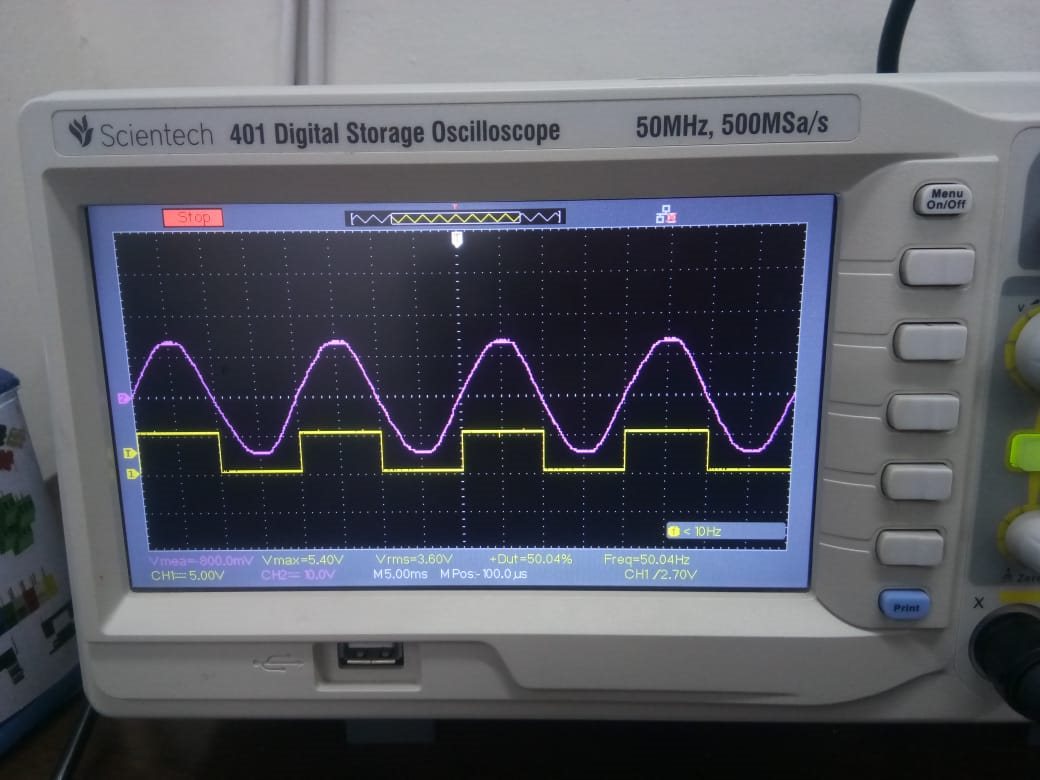Hello TI team,
I am working with TLV7011 for ZCD application but not getting the results.
I tried it number of times, it is blasting at very first switching but one time I got the results. It was also blasted after some time.
Kindly help me to resolve this problem.
One main thing, I have constructed the circuit as given in its data sheet for ZCD application.
340 Vpeak (240 Vrms) is stepped down to 3.4 Vpeak through voltage divider and negative cycle is clip off by a zener diode (3.3V). TLV7011_ZCD_Detector.pdf
TLV7011_ZCD_Detector.pdf


